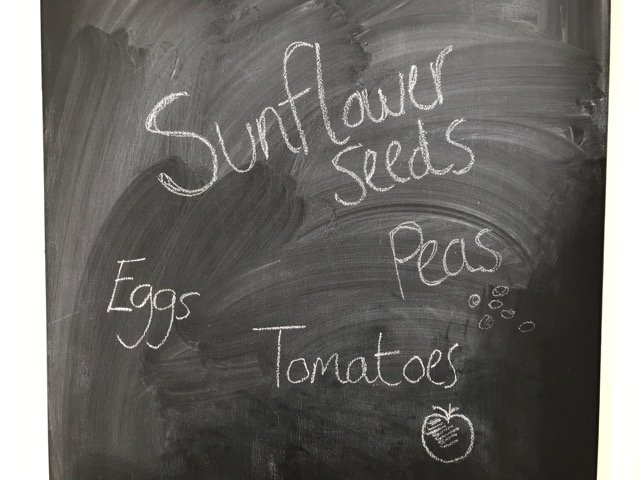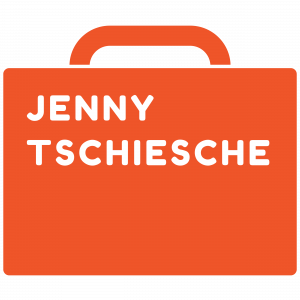
Healthy Eating On A Budget
We hear so much and read so much about eating a healthy, balanced and nutritious diet. Whilst few would refute that this is a good way to live and a way of preventing or limiting chances of lifestyle diseases many struggle to afford a healthy diet, especially if working with a limited budget.
This blog outlines some of the tips and tricks that will help you make healthier choices that don’t break the bank.
Cheaper Protein Sources
- Don’t worry about buying a particular size of eggs i.e. “large” or “extra large” to meet the demands of a recipe. A recipe has rarely gone wrong in my time using the “wrong” sized egg. Buy a mixed sized tray (that’s how they’re laid after all) to save money. If they’re really small eggs then double up.
- Tinned and Frozen Fish is often cheaper than fresh. Tinned fish such as sardines, mackerel, herring, salmon is a great source of omega 3 fats as well as good quality protein. Frozen fish tends to be frozen soon after being caught which means it maintains its nutrients too.
- Legumes such as lentils, beans and chickpeas are not only protein rich but also a source of complex carbohydrates. Buying dried and in bulk will further save money. When you get time, cook up batches of white beans, kidney beans, black bean or chickpeas and freeze in portion sizes the same amount you’d find in a drained tin of legumes to make life easier when following recipes.
- Offal e.g. heart, kidney, liver, brain etc is cheap and tasty. It is also often the most nutritious part of an animal. There are some fantastic online resources for what is known as “nose-to-tail” cooking to help you discover ways to cook offal.
- Cheaper Cuts of Meat e.g. pork cheek, belly and ribs, beef brisket, shin and skirt and lamb chump, scrag, breast are easy to prepare if you’ve time to cook them low and slow or if you have a pressure cooker. I use something called the Instant Pot to cook cheaper cuts of meat and this gives these cuts a really soft, melt-in-the-mouth texture.
- Buy a Whole Chicken. It won’t have escaped your attention that breasts, legs etc bought separately are a lot more expensive than buying a whole chicken and using the whole bird. Even if you buy a bird and slice into portions e.g. breast, leg, thigh yourself you will save money. However, roasting the whole bird at once and using the cooked meat or spatch-cocking the chicken for a quicker cook will yield the most protein.
- Make Your Own Nut Butters – buying nuts in bulk, gently roasting a little then processing into nut butter will save you a lot of money and allows you to be in control of how much, if any , salt is added. You can also create your own nut butter blends such as cashew and peanut.
- Stretch Mince Meat. Mince meat is often some of the cheaper meat to buy. Whilst you can use this to make delicious burgers with some grated vegetables, egg, breadcrumbs and seasoning you can also use a combination of mince and lentils in a bolognaise or cottage pie for example, thereby stretching the more expensive meat a little further.
- Dairy foods such as yogurt, cottage cheese and cheese are versatile and can be used in savoury or sweet recipes and also in meals as well as baked goods and pancakes.
Cheaper Carbohydrates
- Oats are a cheap grain to buy and make porridge, flapjacks and biscuits with. Oats can be ground down into flour as a thickening agent, for use in baking or pancake making.
- Quinoa has now become a cheaper grain to purchase and is also incredibly versatile. Whilst you can prepare quinoa as a rice, or cous cous alternative, you can also toast in a frying pan before grinding into a flour for pancakes and baked goods too.
- Wholegrain rice, bought in bulk, can be served cooked or again ground into a flour making it a good thickening agent but also useful in baked goods.
- Buy un-popped corn and make your own popcorn. You can season it any which way but you’ll save a packet by not buying in packets!
- Root vegetables are a great source of complex carbohydrates, especially when in season. Try a range of root vegetables. You’ll be surprised just how cheap a swede or celeriac will be in season. When purchasing potatoes, buy them with mud on as these will last longer than scrubbed potatoes.
Cheaper Vegetables
- Frozen Vegetables can save you money whilst contributing to your nutrient intake. Frozen at source and provided they don’t stay in your freezer for too long you can in fact gain from using frozen edamame, spinach, peas, garlic, ginger and onion.
- Tinned Vegetables such as sweetcorn, green beans and tomatoes can also make a great contribution to a nutritious diet.
- Wonky and Imperfect Vegetables are cheaper and tend to be sold as “essential” or “value” depending on which supermarket you shop in.
- Seasonal Vegetables will generally be more nutritious for you and cheaper too because when vegetables are in season demand exceeds supply, bringing the price down.
- Some vegetables are cheaper to buy throughout the year due to the ease with which they grow and/or are transported: onions, broccoli, spinach, sweet potatoes, potatoes, carrots, cabbage and butternut squash are great examples.
Cheaper Fruit
- Frozen Fruit is a nutritious and cheap option especially in the cooler months when fresh versions are ridiculous prices and have travelled miles.
- Tinned Fruit is a cheaper option but be careful to choose fruit in fruit juice as opposed to sugar syrup.
Cheaper Spices
- Don’t feel the need to buy copious amounts of spices but do buy the few you feel you need in bulk then decant into smaller containers.
- A few spices such as cumin, coriander, cinnamon, nutmeg, turmeric and paprika can go a long way in terms of creating varied flavours.
The thing to remember is that there is no such thing as a perfect diet and certainly trying to achieve perfection is not advised, whatever your budget. However, outlined in this blog are several tips and tricks that may help you to increase the nutritional contribution of your diet within the confines of your budget. Stay Well.
